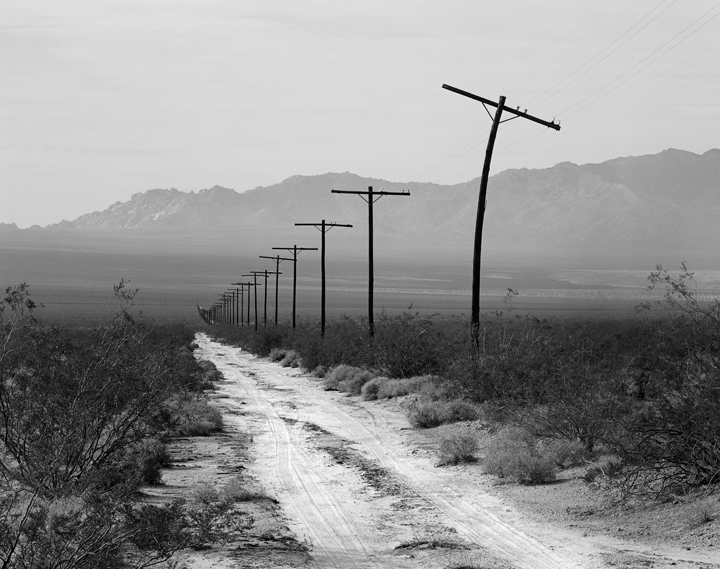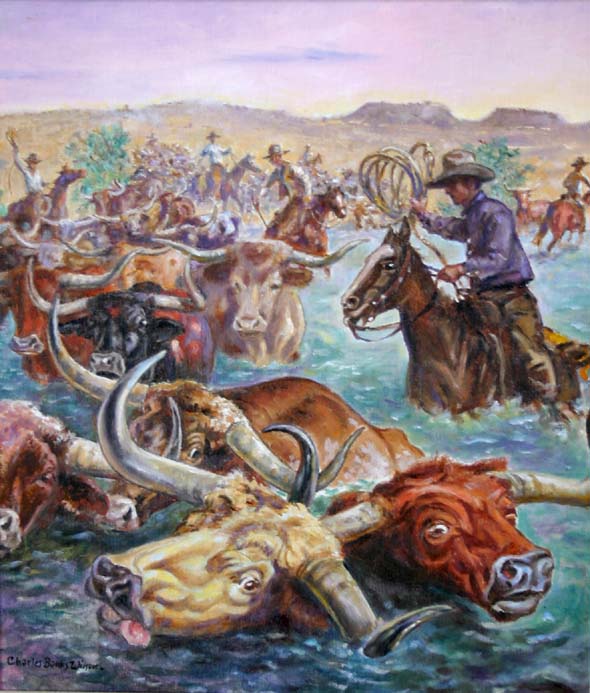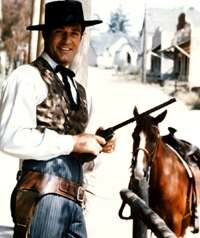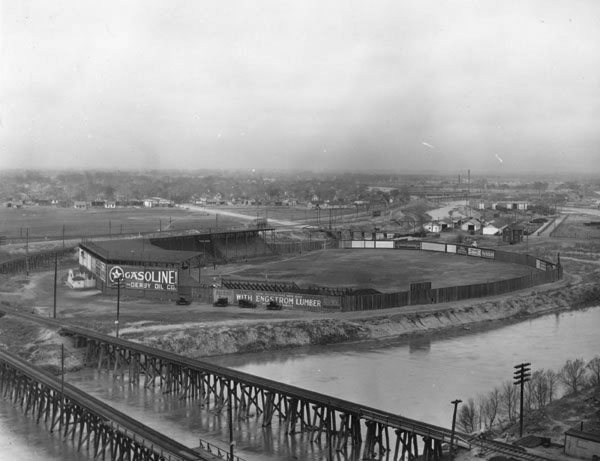 I am a lineman for the county.
I am a lineman for the county.And I drive the mainroad.
Lookin' in the sun for another overload.
I hear you singing in the wire.
Chorus 1
I can hear you thru the whine.
And the Wichita Lineman,
is still on the line.
I know I need a small vacation.
But it don't look like rain.
And if it snows that stretch down south,
won't ever stand the strain. And I need you more than want you.
Chorus 2
And I want you for all time.
And the Wichita Lineman,
is still on the line.
The area was visited by Francisco Vásquez de Coronado in 1541, while he was in search of the fabulous "cities of gold." While there,  he encountered a group of Indians whom he called Quiviras and who have been identified by archeological and historical studies as Wichita Indians.
he encountered a group of Indians whom he called Quiviras and who have been identified by archeological and historical studies as Wichita Indians.

By 1719, these people had moved south to Oklahoma, where they met French traders. The first permanent settlement in Wichita was a collection of grass houses inhabited by the Wichita Indians in 1863. They had moved back to Wichita from Oklahoma during the American Civil War because of their pro-Union sentiments.
The first permanent settlement in Wichita was a collection of grass houses inhabited by the Wichita Indians in 1863. They had moved back to Wichita from Oklahoma during the American Civil War because of their pro-Union sentiments.
 The first permanent settlement in Wichita was a collection of grass houses inhabited by the Wichita Indians in 1863. They had moved back to Wichita from Oklahoma during the American Civil War because of their pro-Union sentiments.
The first permanent settlement in Wichita was a collection of grass houses inhabited by the Wichita Indians in 1863. They had moved back to Wichita from Oklahoma during the American Civil War because of their pro-Union sentiments.
The city was officially incorporated in 1870.Its position on the Chisholm Trail  made it a destination for cattle drives headed north to access railroads to eastern markets. As a result, it
made it a destination for cattle drives headed north to access railroads to eastern markets. As a result, it  became a railhead destination for cattle drives from Texas and other south-western points, from whence it has derived its nickname "Cowtown." It quickly gained a wild reputation, and had numerous well-known lawmen pass through, employed to help keep the rowdy cowboys in line. Among those was
became a railhead destination for cattle drives from Texas and other south-western points, from whence it has derived its nickname "Cowtown." It quickly gained a wild reputation, and had numerous well-known lawmen pass through, employed to help keep the rowdy cowboys in line. Among those was
 made it a destination for cattle drives headed north to access railroads to eastern markets. As a result, it
made it a destination for cattle drives headed north to access railroads to eastern markets. As a result, it  became a railhead destination for cattle drives from Texas and other south-western points, from whence it has derived its nickname "Cowtown." It quickly gained a wild reputation, and had numerous well-known lawmen pass through, employed to help keep the rowdy cowboys in line. Among those was
became a railhead destination for cattle drives from Texas and other south-western points, from whence it has derived its nickname "Cowtown." It quickly gained a wild reputation, and had numerous well-known lawmen pass through, employed to help keep the rowdy cowboys in line. Among those was
Following the incorporation of the city in 1870, rapid immigration resulted in a land boom involving speculation into the late 1880s. By 1890 Wichita had become the third largest city in the state (behind Kansas City and Topeka), with a population of nearly 24,000. After the boom the city suffered from 15 years of comparative depression and slow growth. An island in the middle of the Arkansas River, named Ackerman Island was home to an amusement park, and a dance pavillion.
By 1890 Wichita had become the third largest city in the state (behind Kansas City and Topeka), with a population of nearly 24,000. After the boom the city suffered from 15 years of comparative depression and slow growth. An island in the middle of the Arkansas River, named Ackerman Island was home to an amusement park, and a dance pavillion.
The island was connected to the West Bank of the river through a WPA project in the thirties. Wichita reached national fame in 1900 when Woman's Christian Temperance Union (WCTU) member Carrie Nation decided to carry her crusade against alcohol to Wichita. On December 27 of that year she entered the Carey House bar in downtown Wichita and smashed the place with a rock and a pool ball. Although she had visited all the bars in Wichita the night before, demanding that they close their doors, the John Noble painting Cleopatra at the Roman Bath in the Carey House had drawn her particular wrath.
 By 1890 Wichita had become the third largest city in the state (behind Kansas City and Topeka), with a population of nearly 24,000. After the boom the city suffered from 15 years of comparative depression and slow growth. An island in the middle of the Arkansas River, named Ackerman Island was home to an amusement park, and a dance pavillion.
By 1890 Wichita had become the third largest city in the state (behind Kansas City and Topeka), with a population of nearly 24,000. After the boom the city suffered from 15 years of comparative depression and slow growth. An island in the middle of the Arkansas River, named Ackerman Island was home to an amusement park, and a dance pavillion.The island was connected to the West Bank of the river through a WPA project in the thirties. Wichita reached national fame in 1900 when Woman's Christian Temperance Union (WCTU) member Carrie Nation decided to carry her crusade against alcohol to Wichita. On December 27 of that year she entered the Carey House bar in downtown Wichita and smashed the place with a rock and a pool ball. Although she had visited all the bars in Wichita the night before, demanding that they close their doors, the John Noble painting Cleopatra at the Roman Bath in the Carey House had drawn her particular wrath.

| These gates to Wonderland Park on Ackerman Island opened for business Nov. 22, 1905. The island was located in the middle of the Arkansas River from Douglas Avenue and extending north past Second Street. Access to the island was gained by stairways from the Douglas bridge on the south or the Second Street bridge on the north. | |

No comments:
Post a Comment